OUR HISTORY
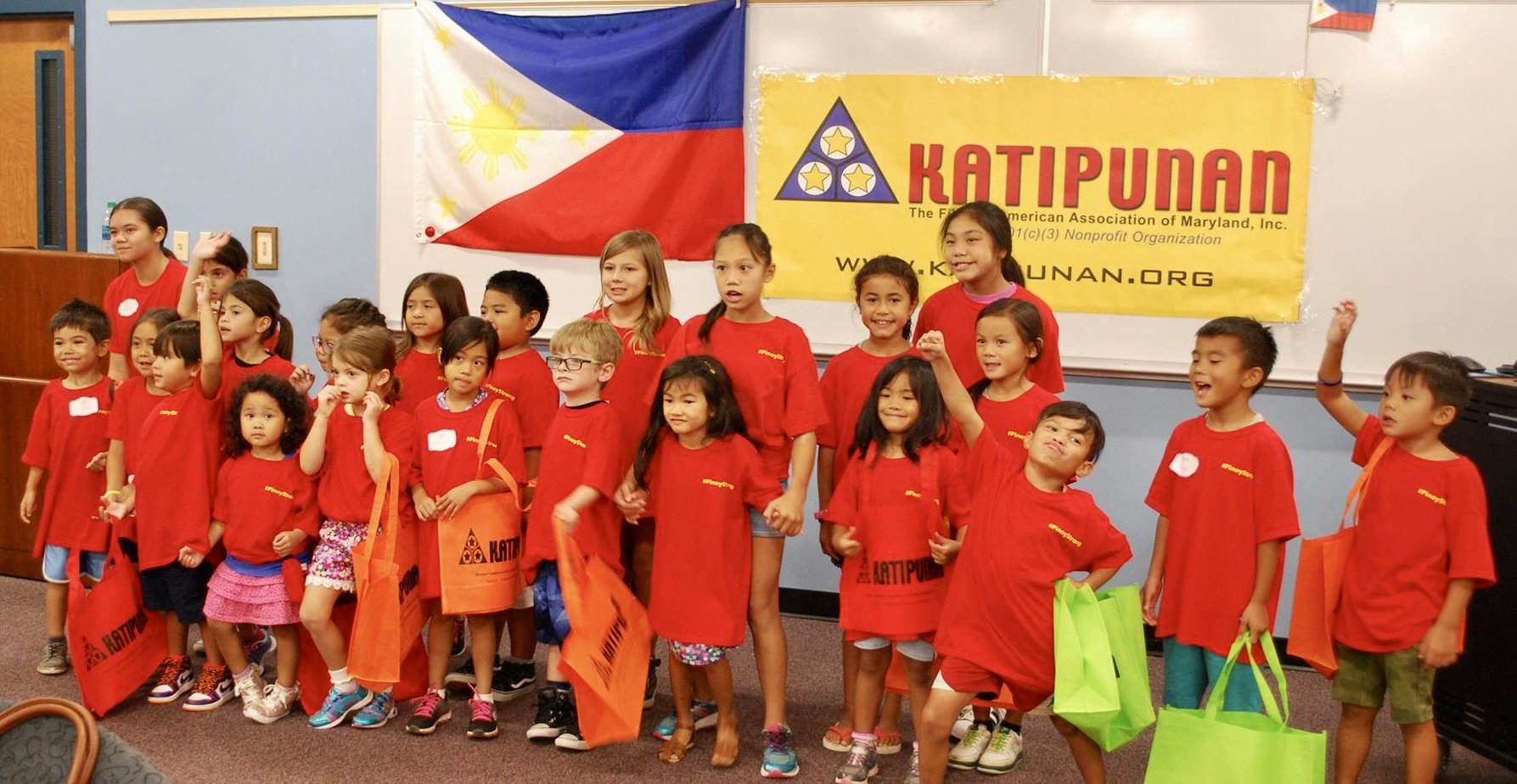
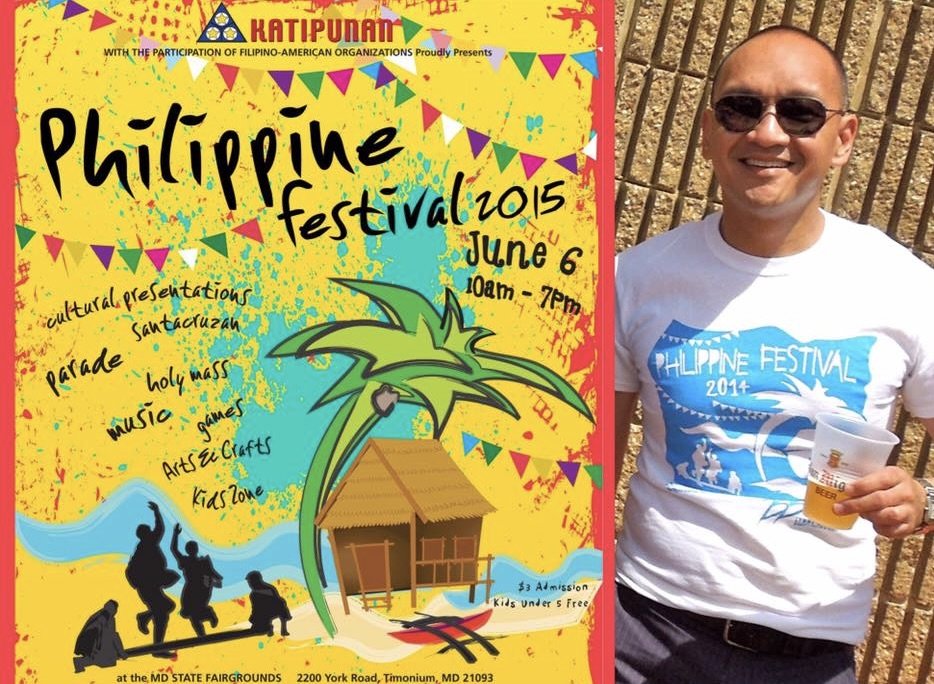
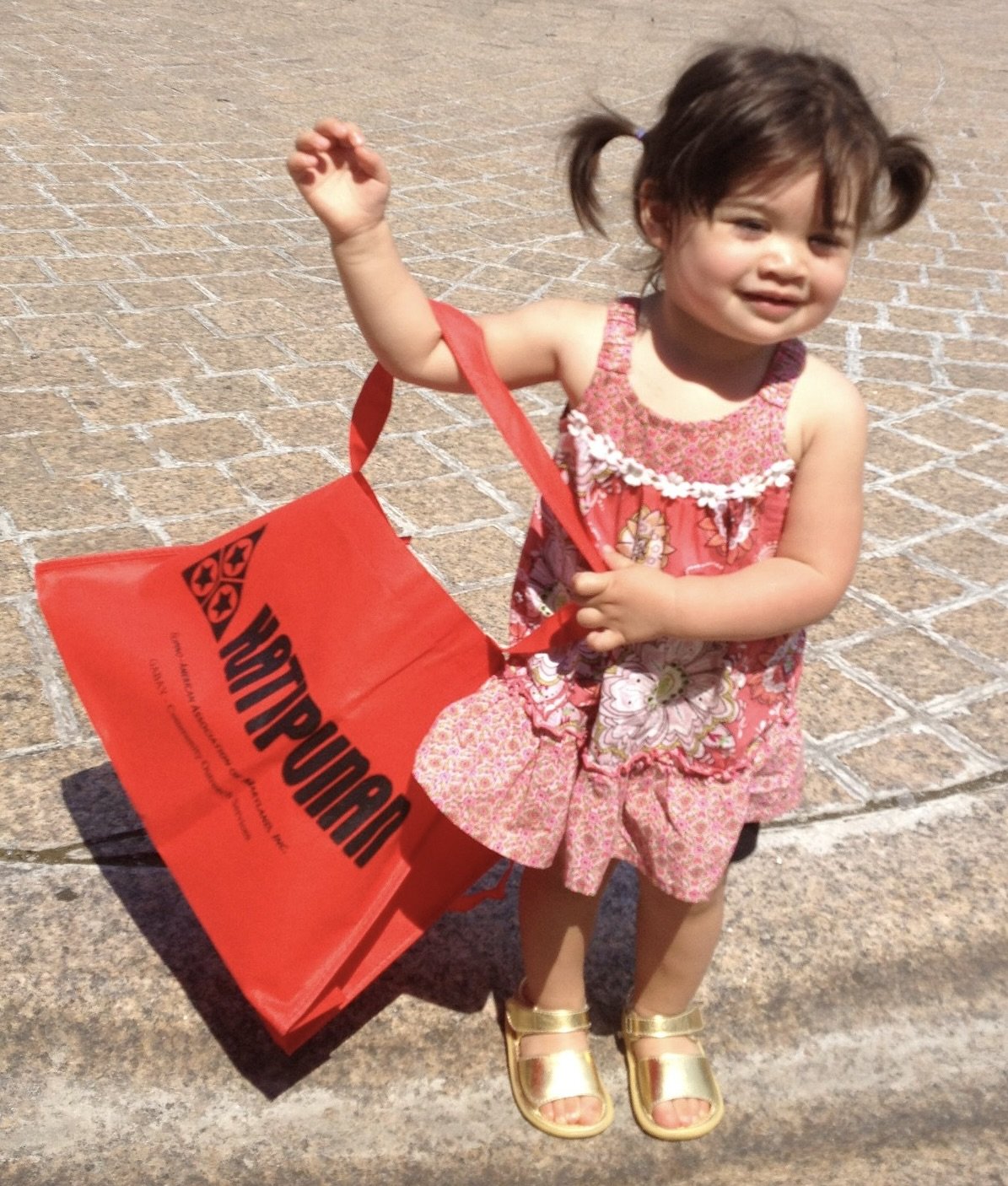

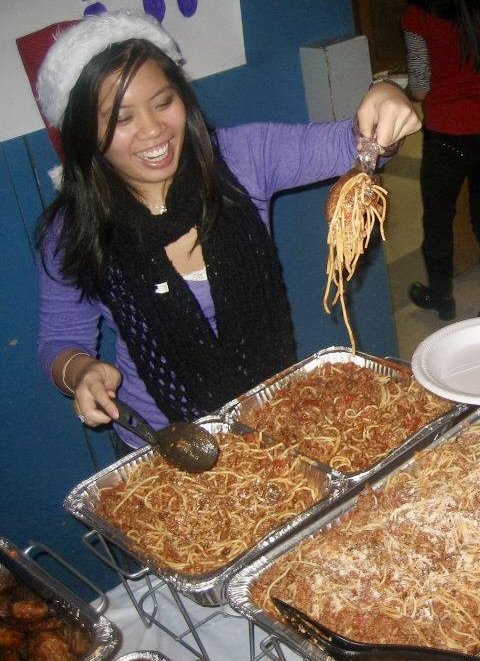
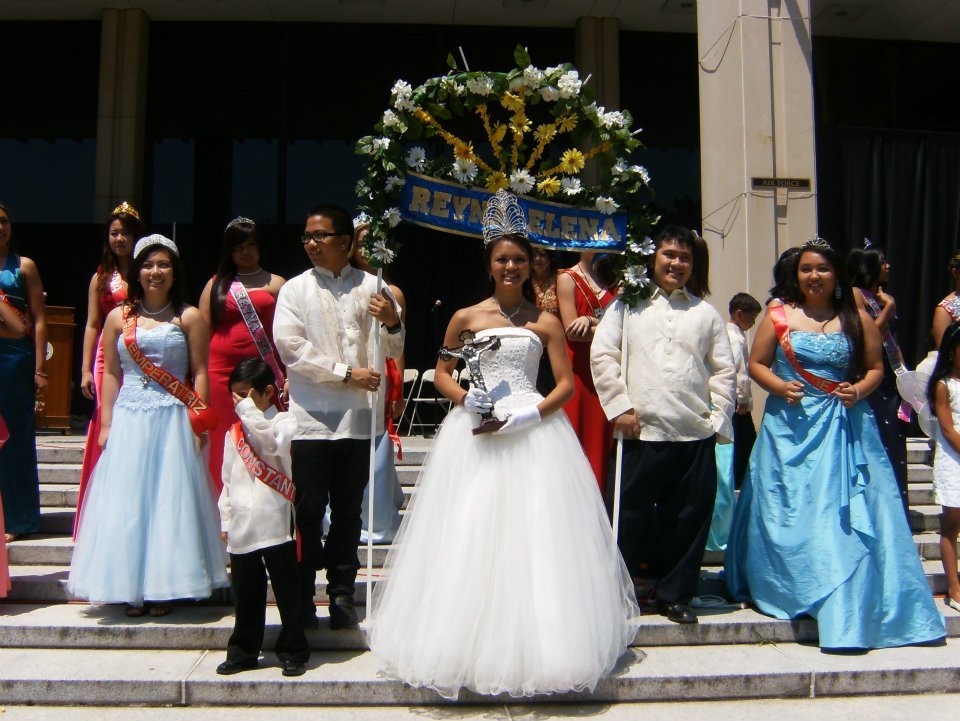
In 1969, in a small room at the Fil-Am Building on Broadway Street in Baltimore, twenty Filipinos met to discuss the formation of a Filipino-American organization in Maryland. It was at this modest gathering that Katipunan, the Filipino-American Association of Maryland, was born. At this meeting, we proposed our primary goal—to foster the social, cultural, and charitable needs of Filipinos in Maryland. The name Katipunan (used by our forefathers in their quest for freedom from Spanish colonization) was a unanimous choice for the organization’s name, not only for its historical significance but also for its strong sentiment of "Filipinoism."
The first general meeting was held at the Towson YMCA, and was a standing room only event, attended by hundreds. Our Constitution and By-laws were written, and our first set of officers were elected, which included Ray Magno, Ferdie Rodriguez, Ben Lazaro, Ludy Oteyza, Vangie Ramos, Colonel Ramos, Gus de Leon, Naty de Leon, Toni Grandea, Jim Cinedella, and Real Lyle.
meetings were held regularly, during which cultural events and get togethers were organized. The Santacruzan, a traditional Filipino pageant, was first showcased to the Maryland community, with Maria Elena and her sagalas, bedecked with their colorful costumes, parading along York Road in downtown Baltimore. At Christmas time, we organized a large caroling group and waded through the snow to bring holiday cheer to the community. An Easter Egg Hunt was held annually at Oregon Ridge Park.
Sports tournaments were organized, including a bowling league that met every Sunday afternoon and a tennis league that met at Perring Racquet Club. Our first fund raising activity was held, a piano recital given by renowned Filipino concert pianist and Towson University faculty member Reynaldo Reyes. This event raised more than a thousand dollars which was donated to the Philippine Red Cross. A music scholarship was established by concert pianist Linda Pio Roda. Filipino cooking and Tagalog language classes were organized by Aning Castillo. Performances by other Filipino cultural groups such as the Bayanihan Dance Troupe, The UP Choir, Madrigal Singers, and Himig Ng Lahi, were sponsored and hosted by the Katipunan.
A Newsletter, The Katipunan Record, edited by Bayani Elma and Edgar de Jesus, was published quarterly and became a much anticipated source of information for our members. Edna Gan's ads for Filipino services and business, Ferdie Rodriguez’ “Maryland Scene”, Luis Florendo's “Youth Section” and Ray Magno's “To Your Health” were regular features.
Under the direction of Marcia Aquino, the first Katipunan Anniversary and Debutante’s ball was held. The Debutante ball, a traditional event celebrating the coming of age of young Filipino women, included a customary performance of the rigodon de honor, a traditional dance. Over the years, the Anniversary and Debutante’s ball has morphed into a lavish, much anticipated affair, held each year at the end of November.
Another Katipunan tradition that has evolved into a large community event is our yearly celebration of Philippine Independence Day, held in early june during the official Filipino-American Friendship Week of Maryland, and often referred to as “June Week”. This began in 1970 as a small but festive affair, comprised of skits and ethnic dances performed by early Katipunan members. Some of my fondest memories are from these early convivial “June Week” celebrations, and include a duet of Bulaklak at Paro-paro by Winterling and Pat Patalinghug and a Balagtasan staged by Eddie Aquino and Aning Castillo. Originally, these celebrations were modest, held in church basements. But under the leadership of of Sony Florendo, the event was moved to Hopkins Plaza in downtown Baltimore, and grew into a much larger event with food vendors, cultural displays, and a day long presentation including native dances and the traditional Santacruzan. Under the leadership of Pete SySantos, the venue was moved to the Baltimore County Courtyard in Towson. Our “June Week” cultural celebration continues to grow, and has been attended by thousands, all attracted by a culture that is rich and uniquely Filipino.
Over the years, Katipunan has accomplished much of what it set out to do at that first meeting of twenty filipinos. It has become a standard for Filipino organizations in Maryland. It has unified the Filipino community, which is too often fractured by regionalism, by bringing together Filipinos of Bicolano, Ilocano, and Cebuano descent. The Katipunan has contributed immensely to the cultivation of friendship among its members and has served as a link between the Filipino and the American community.
Perhaps the most lasting legacy of Katipunan is its unwavering effort to perpetuate and showcase our Filipino heritage in our adopted land. Filipino culture is blessed with countless rich and complex traditions, and it is incumbent upon us to pass these on to our children so that they, in turn, can pass it on to their children and grandchildren.
FInally, let us salute all the Katipunan members, officers and volunteers who have selflessly donated their time to make Katipunan an enduring organization that has become integral to the filipino community in maryland.
- Written by Ray Magno, M.D. (1937-2018)

